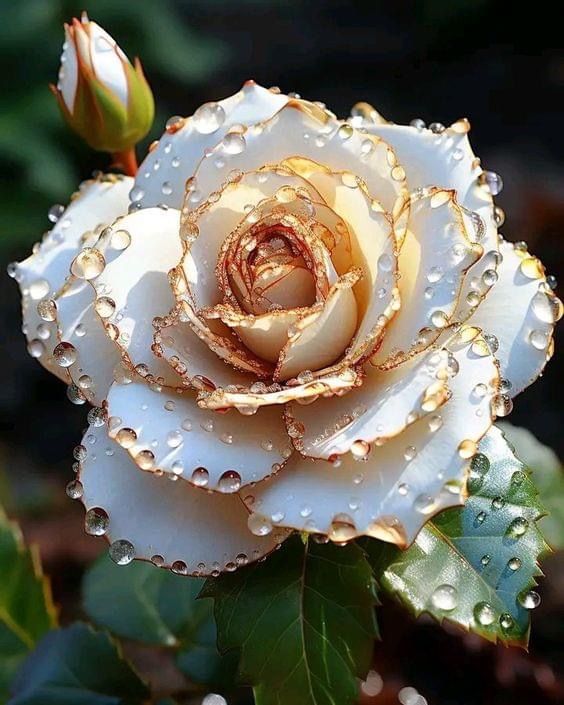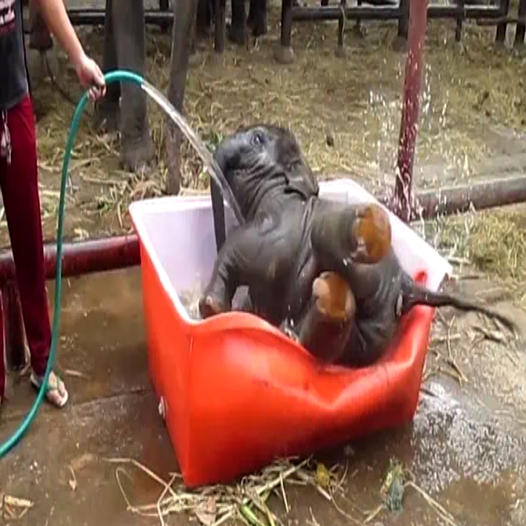Rose garden care in containers or raised beds requires specific attention to ensure optimal growth, health, and blooming of your roses. Here’s a comprehensive guide on caring for roses in these settings:








**1. *Container Selection:*
- Size: Choose containers with a minimum diameter of 18 inches for each rose bush.
- Material: Use containers made of durable materials like concrete, plastic, or wood.
- Drainage Holes: Ensure containers have adequate drainage holes to prevent waterlogging.
**2. *Potting Mix:*
- Well-Draining Mix: Use a well-draining potting mix specifically formulated for roses.
- Organic Matter: Incorporate organic matter like compost to improve soil structure and fertility.
**3. *Watering:*
- Consistent Moisture: Maintain consistent moisture, but avoid waterlogging.
- Drip Irrigation: Consider using drip irrigation for precise watering.
- Mulching: Apply mulch to the surface to retain soil moisture.
**4. *Fertilization:*
- Balanced Fertilizer: Use a balanced, slow-release fertilizer formulated for roses.
- Frequency: Fertilize regularly during the growing season, following package instructions.
- Avoid Overfeeding: Avoid excessive fertilizer application, as it can lead to salt buildup.
**5. *Pruning:*
- Regular Pruning: Prune roses to maintain shape, remove dead wood, and encourage new growth.
- Deadheading: Remove spent flowers to encourage continuous blooming.
- Timing: Perform major pruning in late winter or early spring.
**6. *Support Structures:*
- Staking: Provide support for tall or climbing roses with stakes or trellises.
- Tie Securely: Tie roses gently to avoid damaging the stems.
**7. *Disease Prevention:*
- Air Circulation: Arrange containers for proper air circulation to reduce the risk of fungal diseases.
- Disease-Resistant Varieties: Choose disease-resistant rose varieties for container gardening.
**8. *Pest Management:*
- Regular Checks: Monitor for pests like aphids, spider mites, and thrips.
- Natural Predators: Encourage natural predators like ladybugs to control pest populations.
- Neem Oil: Use neem oil or insecticidal soap for pest control as needed.
**9. *Winter Protection:*
- Insulation: In cold climates, insulate containers or move them to a sheltered location.
- Mulching: Apply a layer of mulch around the base of the rose to protect roots from freezing.
**10. *Soil Monitoring:*
- Regular Checks: Monitor the soil for signs of compaction or nutrient depletion.
- Top Dressing: Top-dress with compost or well-rotted manure as needed.
**11. *Disease and Pest Management:*
- Prompt Action: Address any signs of diseases or pest infestations promptly.
- Organic Solutions: Consider using organic solutions like neem oil or insecticidal soap.
**12. *Sun Exposure:*
- Full Sun: Roses thrive in full sun. Ensure containers or raised beds receive at least 6 hours of direct sunlight daily.
**13. *Container Size:*
- Adequate Space: Provide enough space between containers to allow air circulation.
- Avoid Crowding: Avoid overcrowding containers with too many roses.
**14. *Raised Beds:*
- Depth: Aim for a raised bed depth of at least 12-18 inches.
- Amend Soil: Amend native soil with organic matter when creating raised beds.
**15. *Temperature Considerations:*
- Insulation: In extreme temperatures, insulate containers or provide shade to prevent stress.
- Adaptation: Choose rose varieties adapted to your local climate.
**16. *Mulching:*
- Benefits: Apply mulch to conserve moisture, suppress weeds, and regulate soil temperature.
- Material: Use organic mulch like bark or straw around the base of the roses.
**17. *Regular Inspections:*
- Vigilant Observation: Regularly inspect leaves, stems, and soil for signs of issues.
- Early Intervention: Address problems early to prevent them from spreading.
**18. *Winterizing:*
- Protection Measures: In colder climates, consider wrapping containers or providing additional insulation during winter.
- Trimming Back: Trim back roses in late fall to reduce wind damage.
**19. *Air Circulation:*
- Spacing: Provide adequate spacing between roses to ensure proper air circulation.
- Pruning for Airflow: Prune for open centers and good airflow.
**20. *Rotation:*
- Container Rotation: Periodically rotate containers to ensure even sunlight exposure.
- Bed Rotation: If planting in raised beds, consider rotating crops to avoid soil-borne diseases.
**21. *Variety Selection:*
- Adapted Varieties: Choose rose varieties adapted to container or raised bed gardening.
- Disease Resistance: Prioritize disease-resistant varieties.
**22. *Monitoring Growth:*
- Vigilant Observation: Monitor the growth of roses regularly to detect any signs of stress.
- Adjustment: Make adjustments to care practices based on the observed performance.
**23. *Overwintering:*
- Protection Measures: Overwinter container roses in a sheltered location or insulate containers.
- Mulching Roots: Apply extra mulch around the base to protect roots from freezing.
**24. *Watering Considerations:*
- Adjust to Conditions: Adjust watering frequency based on weather conditions.
- Avoid Waterlogged Soil: Prevent waterlogged soil, which can lead to root issues.
**25. *Continuous Monitoring:*
- Adapting Care: Continuously adapt care practices based on the changing seasons and specific needs of your roses.
- Regular Assessment: Regularly assess the condition of roses and make adjustments as necessary.
Caring for roses in containers or raised beds requires attention to detail and regular monitoring. Adjust your care practices based on the unique conditions and challenges of these environments to ensure the health and beauty of your roses.




